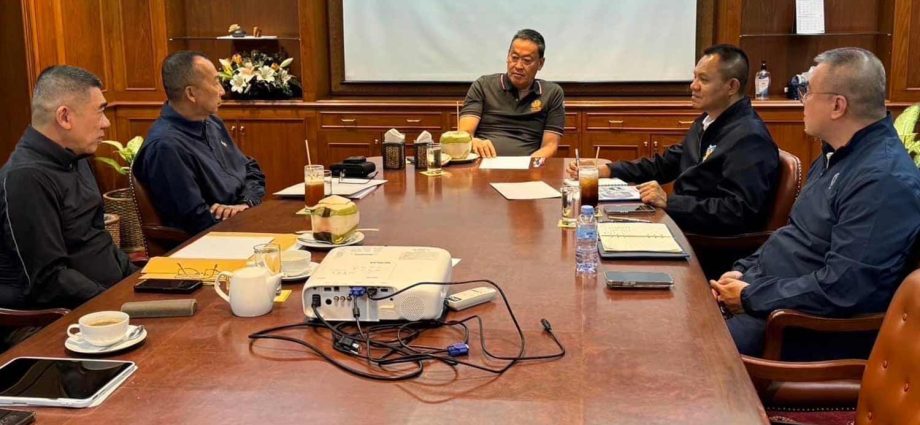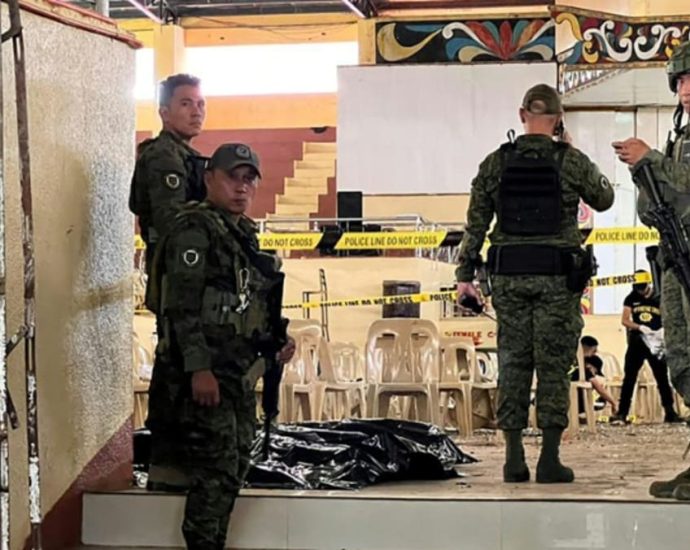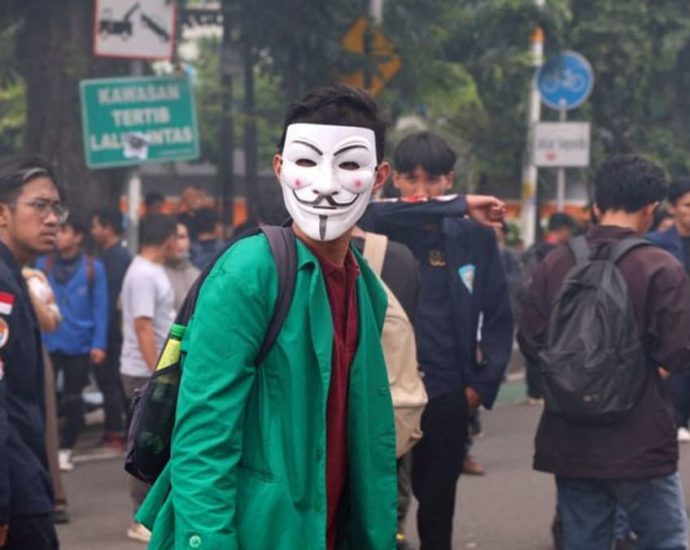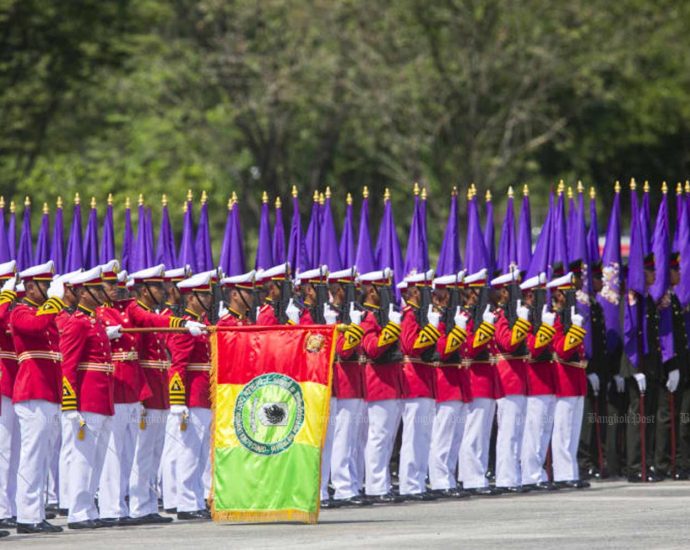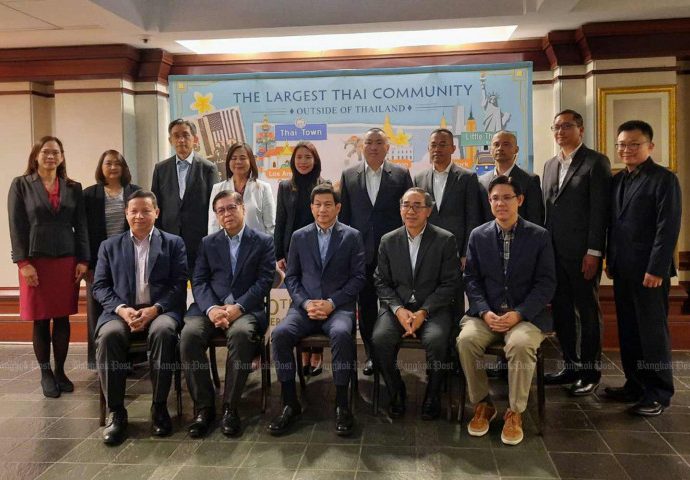Royal motorcade honkers will be charged – police chief
PUBLISHED : 12 Feb 2024 at 14:49

The people who honked and tried to cut in on a royal motorcade early this month will be formally charged later this week, the national police chief said on Monday.
Pol Gen Torsak Sukvimol also said he believed the suspects had people advising them in their protest activities.
On Feb 4, Tantawan Tuatulanon and a colleague from the Thalu Wang (breaking into palace) group allegedly attempted to interrupt the motorcade of Her Royal Highness Princess Maha Chakri Sirindhorn on an expressway in Bangkok, honking their car horn and trying to cut into the middle of it.
Ms Tantawan, 20, is a seasoned campaigner against royal motorcades and the disruption they cause.
She was arrested on March 5, 2022 on charges of violating Section 112 (the lese majeste law) of the Criminal Code by running an opinion poll on Facebook on royal motorcades on Feb 8, 2022, and making a live broadcast on the topic on March 5. Other key figures of the group also face charges under Section 112.
On Feb 8, 2022, she also led an activity in front of Siam Paragon shopping mall, seeking people’s opinions on the subject, which resulted in Ms Tantawan being charged with defaming the monarchy.
“Please let police gather clear evidence. When it is done, everyone will see that police are thorough… Please give us two more days and then there will be charges and arrest warrants. There will definitely be arrests,” the national police chief said on Monday.
Prosecution would lead to the revocation of temporary release on bail for some suspects, he said.
The police chief believed the young demonstrators did not act alone, they had supporters and advisors.
On Saturday the group had refrained from action that would have otherwise caused legal problems for them. “I believe they have advisors. I do not confirm whether any politician was involved, but I do confirm that there are advisors,” Pol Gen Torsak said.
The group had planned to continue their polling on royal motorcades, but were confronted by royalist opponents and there was a brawl on a Bangkok skywalk.
“Every suspect will face action, where evidence supports it,” he said.
The national police chief said he had worked on protecting royalty for a long time and police were ready to protect the royal family with their lives. Protection of the royal institution was the first and foremost task of police.

